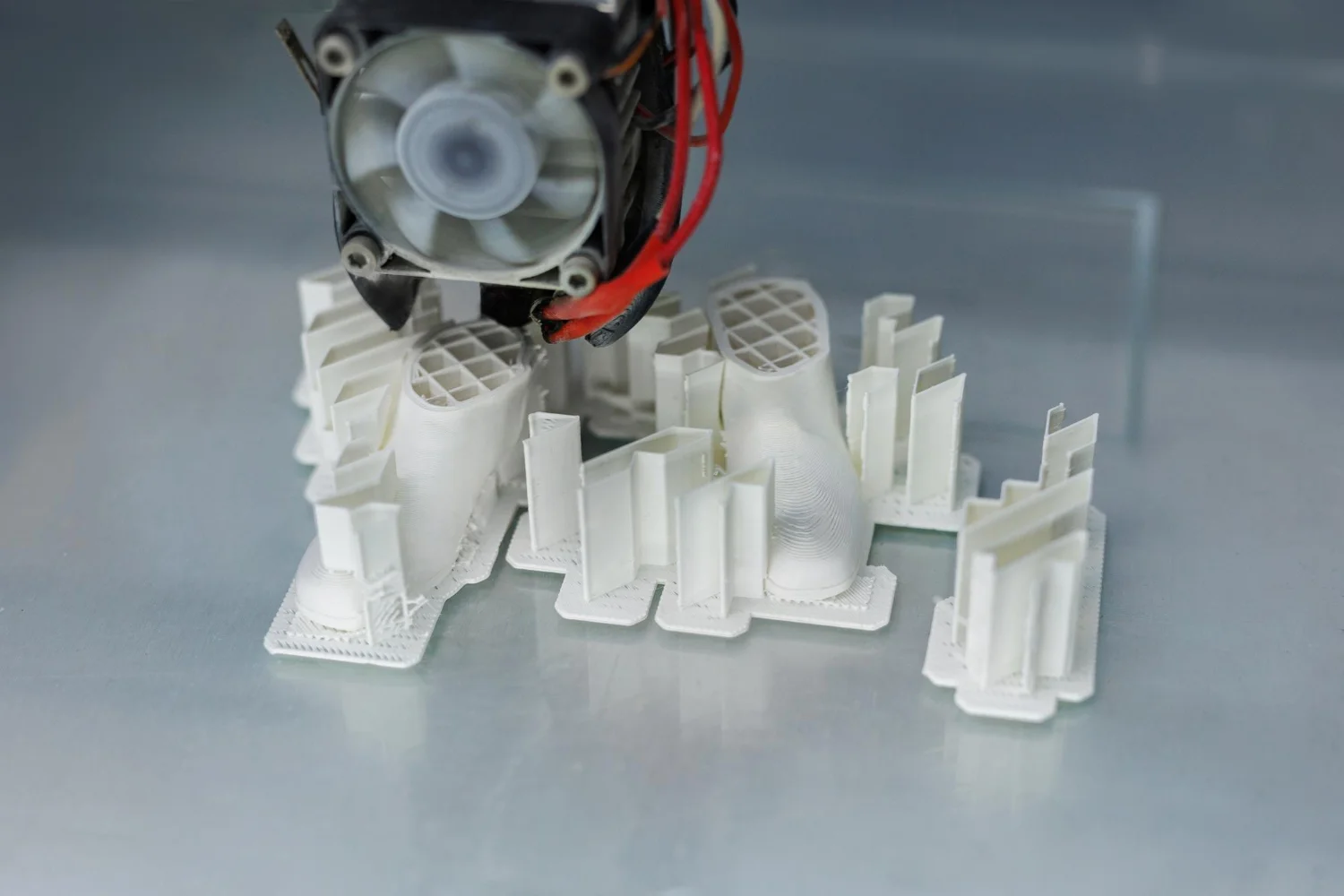
In modern manufacturing, time-to-market can make or break a product’s success. Delays in prototyping, tooling, or testing can lead to missed opportunities, higher costs, and losing ground to competitors.
This is where 3D printing (additive manufacturing) transforms the game. Instead of waiting weeks for traditional machining or injection molding tools, you can create functional prototypes in hours — and finalize production-ready parts in days.
Companies that integrate 3D printing into their product development cycles report:
In this guide, we’ll explore five actionable ways you can use 3D printing to accelerate your product development, with practical tips you can start using immediately.
Quick Answer: Create and test physical prototypes in days instead of weeks, allowing faster feedback and design iterations.
Rapid prototyping is one of the most powerful advantages of 3D printing. By going directly from CAD design to a physical object, you eliminate the long lead times of traditional prototyping methods.
Example:
A startup designing a new ergonomic computer mouse could 3D print 3–4 shape variations in a single day, gather user feedback, and decide which design to refine — all before spending a cent on tooling.
Why it accelerates development:
Pro Tip: For initial validation, use faster, lower-resolution prints to test form and function. Switch to high-resolution, final-material prints once the design is locked.
Pitfall to Avoid: Don’t spend too much time perfecting early prototypes — their purpose is to validate ideas quickly, not to be final products.
Quick Answer: Design specifically for 3D printing to shorten print times, reduce errors, and simplify finishing.
Design for Additive Manufacturing (DfAM) means rethinking product design for the unique capabilities of 3D printing. This involves minimizing overhangs, reducing the need for support structures, and leveraging geometries that are faster to print.
Example:
A drone manufacturer reduced print time by 30% by redesigning an arm component to use an internal lattice structure instead of a solid fill — maintaining strength while cutting material use.
Why it accelerates development:
Pro Tip: Use lightweight infill patterns (gyroid, honeycomb) to cut time while maintaining functional integrity.
Pitfall to Avoid: Don’t simply convert a design meant for injection molding — adapt it for 3D printing to maximize efficiency.
Quick Answer: Select the most suitable printing method — FDM for speed and affordability, SLA for precision, SLS for durability.
Different 3D printing technologies serve different purposes:
Example:
An automotive parts supplier used FDM for early prototypes (just to test fitment), then switched to SLS for final production units that could handle mechanical stress.
Why it accelerates development:
Pro Tip: Partner with a 3D printing provider that offers multiple technologies under one roof, so you can change methods as your project matures.
Pitfall to Avoid: Using high-detail, slow-printing methods too early in development can waste time and budget.
Quick Answer: Run multiple prints at once — either across several printers or as batch jobs — to shorten timelines dramatically.
Parallel printing means printing multiple parts simultaneously. This is particularly useful when testing multiple design variants or when you have large production runs.
Example:
A medical device company tested five different handle designs in one 24-hour print cycle by arranging them on a single build plate, reducing what could have been a week-long process to just one day.
Why it accelerates development:
Pro Tip: If you don’t own multiple printers, choose a service provider with scalable capacity to run several machines in parallel.
Pitfall to Avoid: Overcrowding the print bed can increase the chance of failure — always leave adequate spacing.
Quick Answer: Select materials that require minimal finishing to save days in production.
Post-processing — sanding, painting, curing — can often take longer than the printing itself. Choosing the right materials can dramatically reduce this bottleneck.
Example:
A robotics company switched from standard PLA to PETG for functional brackets. PETG provided a smooth finish straight from the printer, reducing sanding time by 70%.
Why it accelerates development:
Pro Tip: For prototypes, prioritize materials with easy clean-up and low warp rates. For production, balance surface finish with functional requirements.
Pitfall to Avoid: Choosing the cheapest material without considering post-processing costs can slow you down overall.
Integrating these five strategies — rapid prototyping, DfAM, the right printing technology, parallel production, and smart material choices — can cut your product development time in half while improving design quality and reducing risk.
At 3DBaltic, we help companies across Europe bring products to life faster with:
Whether you’re building your first prototype or scaling to mass production, our team provides the technology, expertise, and speed to make it happen.
Upload your 3D model or share your idea — we’ll handle everything from preparation to production, delivering precise FDM or SLA prints on time and to your exact specifications.